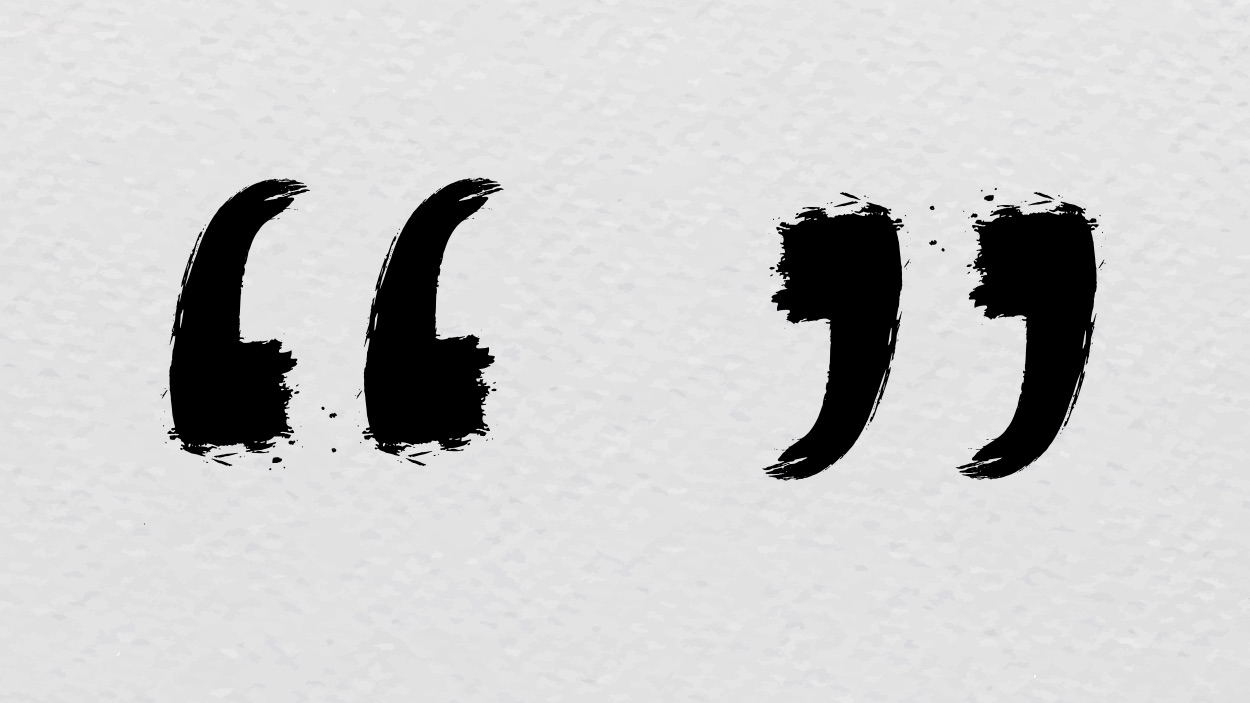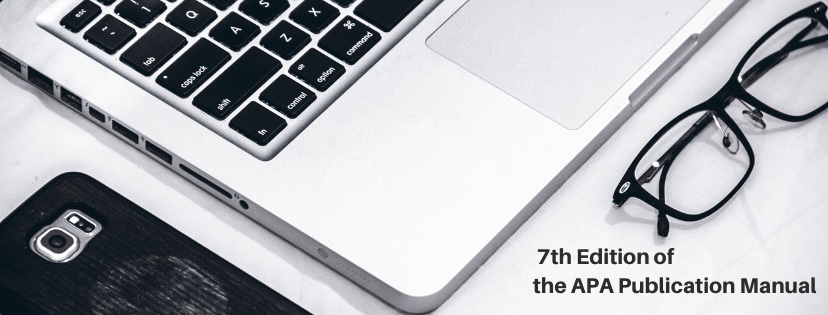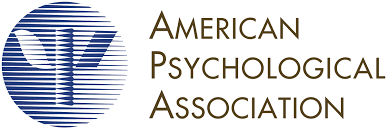Whenever you use words, facts, ideas, or explanations from other works, those sources must be cited. Academic referencing is required when you have copied texts from an essay, an article, a book, or other sources verbatim, which is called quotation. You also need referencing when you use an idea or a fact from another work even if you haven’t used their exact expression.

Academic referencing and academic citing mean the acknowledgment of the sources used by authors in their manuscripts. It requires the linkage of citations to the list of works cited in a paper. It also gives credit to the sources of information used in the manuscript. Citing a reference acknowledges the study you have referred to and allows others to find the work that you have cited. Citing each source that you use in your academic writing has some implications. Academic referencing helps demonstrate that you are not the first author who started the topic. Moreover, it enables authors to show that they use others’ ideas to create a new one. Thus, readers could track those references to obtain more ideas about a particular point you have made.
Whenever you use words, facts, ideas, or explanations from other works, those sources must be cited. Academic referencing is required when you have copied texts from an essay, an article, a book, or other sources verbatim, which is called quotation. You also need referencing when you use an idea or a fact from another work even if you haven’t used their exact expression. The only exception to this rule is when the information is considered common knowledge, which is something that anyone probably knows. If you are unsure whether to reference something or not, then you better reference it. Furthermore, academic referencing enables your target readers to follow up on the original source if they want to. It also allows them to see how dated the information might be. Academic referencing validates and strengthens your arguments.

Failure to provide appropriate acknowledgment of your use of another’s study creates plagiarism, and it is considered the dead sentence in academia. Copying texts or ideas without academic referencing, with incorrect referencing, and without referring to someone else's sentence structure even if you change words are the most common examples of plagiarism. Doctoral or other academic degrees can be canceled due to plagiarism. Because plagiarism is a form of cheating, theft, and misappropriation of academic works, such as manuscripts, books, or essays, plagiarism is considered a criminal offense by The Office of Research Integrity (ORI). Thus, it would be safe to say that plagiarism is an act of fraud because it means stealing someone else's ideas. Do not forget that plagiarism is considered an act of fraud.
There are two elements used in academic referencing: in-text citations and a reference list. Citations cover only sufficient information for the reader to find the sources in the reference list, while in-text citations generally comprise the author’s last name in the order that it appears on the actual publication. It is followed by the year of publication of the source that the author has cited. Page and paragraph numbers must be included for direct quotations.
The reference list is a list of all the publication information for the sources used and cited in your study. The main purpose of the reference list is to give the readers all the information they need to find those sources. The term reference list is called a bibliography in some publication styles. However, the APA style uses the reference list.
Academic referencing requires a formal system. Authors must follow the rules and standards when formatting citations and references. Although most researchers find referencing quite daunting at first, there is no need to worry; it takes time and patience to learn. Different colleges, journals, and institutions may require distinct styles, such as APA style, Harvard style, MLA, or Oxford style. Now, we are going to give some examples of the styles briefly.
The APA (American Psychological Association) style was created by The American Psychological Association. It is one of the widely used academic referencing styles in the sciences and social sciences. APA adopts the author–date system. In-text citations consist mainly of the author’s last name and the year of publication placed within the text, e.g., (Adam, 2008). In in-text citations, the last name of the author is followed by a comma and the publication year enclosed in parentheses. If a citation is directly quoted, you must add the necessary page number as well, e.g., (Adam, 2008, p.26).
The reference list in the APA style should be ordered alphabetically by the last name of the first author of each publication. However, references without author names are ordered in the reference list alphabetically by the first significant word of the title.

Here is an example that cites a book with one author adopting the APA style:
APA style in-text citation:
...(Wilkinson, 1991) or Wilkinson (2010) stated that "....." (p. 25).
APA style reference list:
Wilkinson, A. M. (1991). The scientist’s handbook for writing papers and dissertations. Prentice-Hall.
The Chicago style was created by The University of Chicago, and it is also called the Turabian style. It has two main documentation systems: notes-bibliography and author-date. The notes-bibliography system is preferred mainly by humanities. However, the author-date system is used by those in the physical, natural, and social sciences.
The notes-bibliography system of the Chicago style consists of two parts: a number in the text and as either a footnote or an endnote. A footnote requires a note at the bottom of the page, while an endnote requires a note at the end of the paper. Notes are supposed to be numbered sequentially beginning with 1 throughout each article, chapter, or paper.
The author-date system of the Chicago style consists of the author’s last name and the year of publication of the study cited. No punctuation is required between the author’s name and the date.
The reference list of the Chicago style should be ordered alphabetically by the last name of the first author of each study cited.

Here is an example that cites a work with one author using the Chicago style.
The Chicago style in-text citation (note-bibliography):
...1 1. Wilkinson, Antoinette Miele. 1991. The scientist’s handbook for writing papers and dissertations (New Jersey: Prentice-Hall, 1991), 25.
...12 12. Wilkinson, The scientist’s handbook for writing papers and dissertations, 25.
The Chicago style reference list:
Wilkinson, Antoinette Miele. 1991. The scientist’s handbook for writing papers and dissertations. New Jersey: Prentice-Hall, 1991.
(Wilkinson 1991, 25)
The Chicago style reference list:
Wilkinson, Antoinette Miele. 1991. The scientist’s handbook for writing papers and dissertations. Prentice-Hall.
The MLA style was created by the Modern Language Association. It is generally used for studies in the humanities.
The in-text citation of the MLA style consists of the last name of the author(s) and page number in parentheses and placed within the text. The reference list in the MLA style must be ordered alphabetically by the last name of the first author of each publication.

Here is an example that cites a publication with one author who adopted the MLA style.
MLA style in-text citation:
... Wilkinson (25) or Wilkinson stated that "..." (25)
MLA style reference list:
Wilkinson, Antoinette Miele. The scientist’s handbook for writing papers and dissertations. New Jersey: Prentice-Hall, 1991.
If you need professional help for editing, proofreading, line editing, or copyediting, please visit our service page. Best Edit & Proof expert editors aim to provide your manuscripts with proper scholarly and academic tone and style. They will significantly improve the chances of having your research manuscript accepted for publishing. They provide subject-area proofreading and editing services in several fields categorized under various disciplines. With our extensive knowledge and expertise, we will help you find the right tone and style for your manuscript.
If you need our subject-area editors to format your manuscripts, giving you the fundamental rules for formatting your manuscripts as described in your guidelines, such as APA, MLA, or Chicago/Turabian styles, then contact us. At Best Edit & Proof, our proofreaders and editors edit every type of academic paper. We have a user-friendly website, and a simplified ordering process.
If you would like our subject-area editors and language experts to work on your project for the improvement of its academic tone and style, then please visit the order page. It is easy! It takes only a few minutes to submit your paper and complete the process. Click here to see how it works.
We have flat-rate pricing based on our type of service (editing or proofreading), word count, and turnaround time. Enter your word count or copy and paste your document into our pricing calculator to get an instant quote.
If you need support for editing and proofreading services, contact us. You can also e-mail us or use the 24/7 live chat module to get direct support. We have a 24/7 active live chat mode to offer you direct support along with qualified editors to refine and furbish your manuscript. Alternatively, you can text us through our WhatsApp business line.
Follow us on Twitter, LinkedIn, Facebook, Instagram, and Medium.
For more posts, click here.

For more information about the citation styles and APA style, read the following articles:
The 9 Most Important Changes in the 7th Edition of the APA Manual
How to Present Tables and Figures in APA Style (7th edition)
How to Cite Sources in APA Referencing Style? | With APA 7th Edition Update
This article discusses the importance of academic referencing and citing. To give you an opportunity to practice proofreading, we have left a few spelling, punctuation, or grammatical errors in the text. See if you can spot them! If you spot the errors correctly, you will be entitled to a 10% discount.
How to Determine Variability in a Dataset
14.10.2023
How to Determine Central Tendency
19.02.2023
How to Specify Study Variables in Research Papers?
14.01.2023
Population vs Sample | Sampling Methods for a Dissertation
14.01.2023
How to Ensure the Quality of Academic Writing in a Thesis and Dissertation?
04.12.2022
How to Avoid Anthropomorphism in Your Dissertation?
04.11.2022
How to Write a Research Methodology Section for a Dissertation and Thesis
07.08.2022
How to Write a Theoretical Framework for a Dissertation and Thesis?
05.08.2022
How to Write Literature Review for a Dissertation and Thesis
02.08.2022
How to Write a Dissertation and Thesis Introduction
31.07.2022

Writing academic essays is required for the successful completion of college, graduate school, and advanced research studies. Essay writing, as required in academia, requires much more preparation, effort, and skill than most students and academics actually do put in.
Continue Reading
Online databases involve scholarly and reviewed articles penned by highly qualified authors such as researchers, journalists, or experts in their field. In this article, you will find 10 free online databases for researchers. They offer intense search tools to narrow the results so that any student can easily collect the required information.
Continue Reading
Academic and research works are tenacious studies that include specifics. Therefore, you will come across various terms and phrases that you need to keep in mind while working around. Naturally, it can get overwhelming. However, once you understand the concept, the overall process becomes very easy to work with. This article will focus on dependent and independent variables and discuss what they are, how to determine dependent and independent variables and their uses in academic writing.
Continue Reading
When you are writing for academic purposes, you need to keep a ton of rules and regulations in mind. However, that is not the whole story, as you also need to keep the style guide in mind. While writing for academic work is not easy, nothing can be impossible with practice. Therefore, we are here with a compact citation style guide that abides by academic standards. If you are new to editing and proofreading or new to the academic side, this article will help you learn about the 8 most common citation styles used in academic writing.
Continue Reading
Writing a thesis can be an overwhelming task for many college and graduate students. Managing all the elements associated with a thesis while ensuring that the quality is not compromised can be challenging. However, what is even more strenuous is deciding on a thesis's layout. "How to structure a thesis" is a question that several final-year students struggle to answer. And understandably so, as all colleges and universities have their guidelines for drafting a thesis. However, there is an immutable structure that's common for every thesis. In this brief guide, we will take a look at this structure and analyze each of its components.
Continue Reading